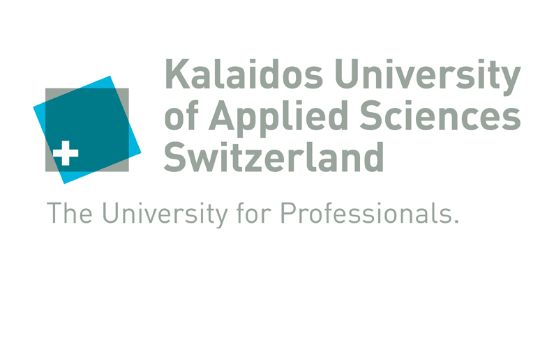Violin lessons for toddlers
Since 2021, the Kalaidos University of Music has been offering a further education course in music education using the Suzuki method in cooperation with the Suzuki Institute Switzerland and Suzuki instructor Agathe Jerie.

Annette Kappeler - Music teachers with violin or viola as their main subject can expand their repertoire of teaching methods there and, after completing the Certificate of Advanced Studies (CAS), apply their knowledge in Suzuki institutes or music schools.
The first female students have completed their training, and one of them, Alexandra Bissig, now reports on her experiences.
Alexandra Bissig, why did you decide to undergo further Suzuki training?
After studying music education, I wanted to get to know something else and had already heard a lot about the Suzuki method. My main aim was to enrich my teaching activities and get new input - especially for starting on the violin with young children.
What distinguishes the Suzuki method from other music education approaches?
The biggest differences are as follows: In the beginning, children learn by ear and by imitating the teacher, without musical notation. It is possible for children from the age of around three to start, whereas at music schools it is usually only possible from primary school age. However, the Suzuki method is also suitable for advanced pupils. Individual and group lessons take place every week, in close cooperation with the parents.
How up-to-date is the Suzuki method? What do you need to consider when implementing it?
The only difficulty I see is that nowadays both parents are sometimes working. This makes it more difficult to ensure that, for example, the mother also learns to play the violin first and that a parent is present and part of every lesson. Because with individual and group lessons and practicing at home, Suzuki lessons are time-consuming. However, I think that there is always a solution and possibly compromises.
In what context do you teach? What aspects of the Suzuki method can you introduce there?
I teach at a music school and have already been able to incorporate many aspects of CAS Suzuki into my own lessons, making them more varied and tailored to young children. This can be combined well, for example by working with my students more on ear training and imitation instead of always playing from sheet music. The Suzuki method has made it easier to work precisely and in detail on a difficult passage.
How can you personally benefit from this training?
I have definitely benefited a lot from the training. I now notice other important aspects that I pay attention to in the classroom. There is a more structured system of how to proceed when teaching, which steps follow one another. I was also able to benefit from some tips from the CAS for my own practice approach.
How can further education be combined with a career as a music teacher?
It should not be underestimated how time-consuming the training is. There is written work to do. And, for example, recording the individual pieces from the Suzuki booklets on video takes a lot of time. Each participant deals with the so-called toddler technique, which makes it possible to play to the children in such a way that they can imitate it directly with their physiognomic prerequisites. The pieces from the Suzuki schools that are worked on with the children are then recorded using this technique. However, it works well alongside their other professional lives, as the tasks always had to be handed in in stages. We were also able to arrange the weekends with face-to-face lessons together with the teacher
> www.kalaidos-fh.ch/de-CH/Studiengaenge/CAS-Certificate-of-Advanced-Studies-Musikpaedagogik-Suzuki-Methode.








